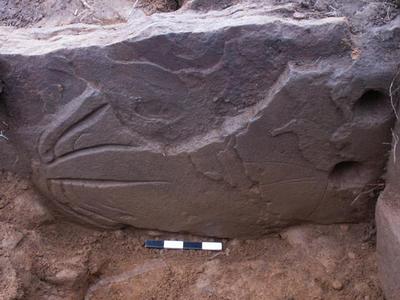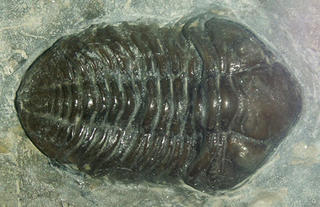
Archaeoptics has just relased the news that they have finished scanning several rock art panels: Ketley Crag, Chatton Park 1, Huntersheugh Howgill and Cotherstone. This is good news as laser scanning is the most accurate and non destructive way of recording rock art and so will provide an excellent record of these carvings many of which are threatened in many different ways.
Link
Beckensall Archive of Northumberland Rock Art
I have also come across a nice article on the scanning of the art at Long Meg: http://www.ucl.ac.uk/prehistoric/past/past50.html#LASERSCANNING
See also: Dr. Margarita Díaz-Andreu



